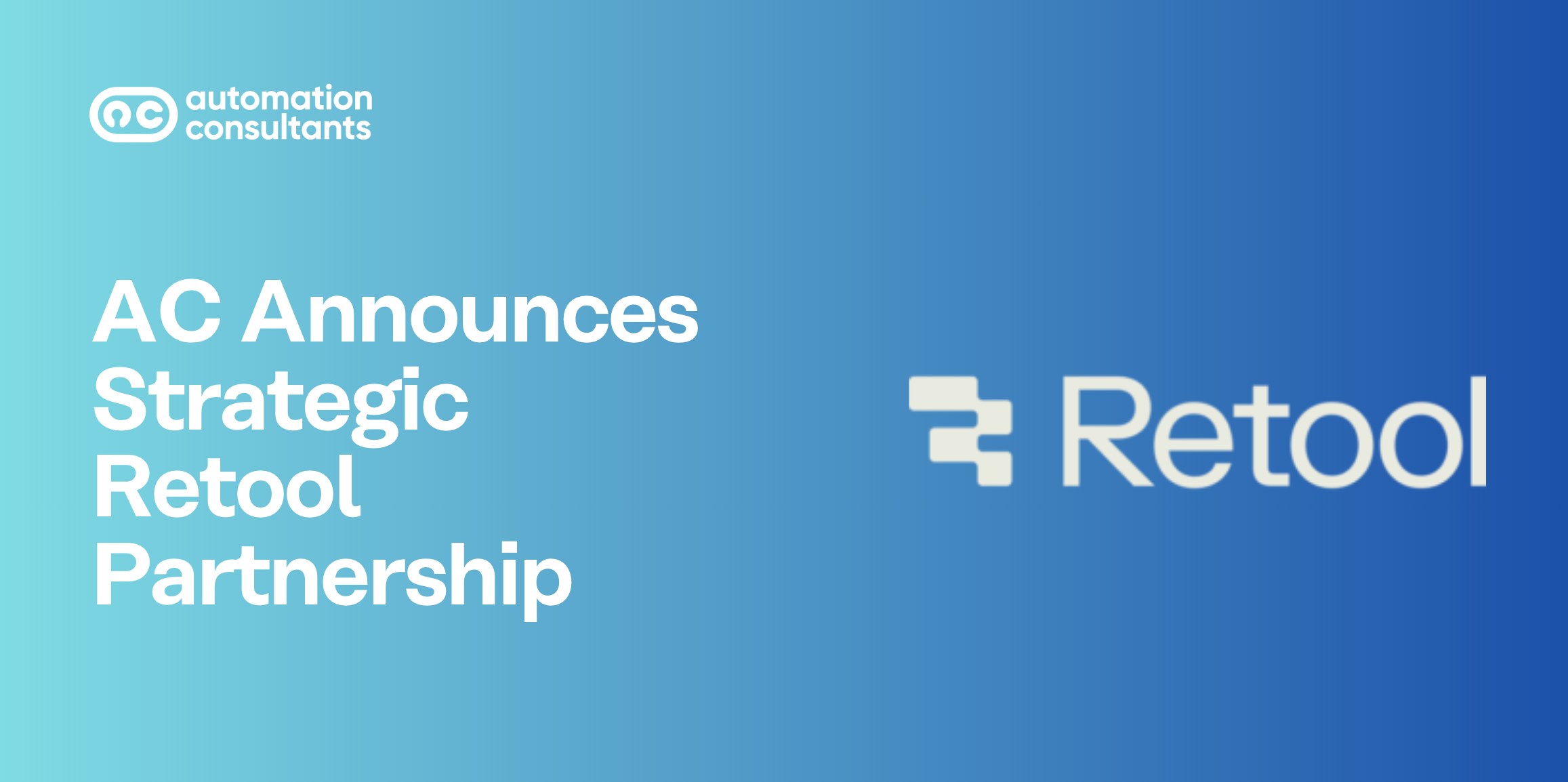Those using Jira Software to manage multiple software projects need to make sure that their instance is set up to perform at its very best. When managing a very large Jira setup in an enterprise, you must avoid any unnecessary costs and any issues that hamper productivity.
With that in mind, here are some Jira best practices to make sure your Jira instance is performing at its best.
Clean up your instance
Unused configurations and inactive accounts can slow down your performance. This is particularly problematic when dealing with larger setups that have many different configurations and potentially inactive accounts. That’s why it’s important to ‘clean’ your Jira instance.
Optimizer for Jira (formerly known as Cleaner for Jira) is an app developed by Automation Consultants that automatically finds, analyses and removes unused elements in your Jira instance, including projects, custom fields and users. By doing this, it increases the performance of Jira, improves team productivity, and saves money.
Choose the right hosting option
Atlassian offers two main hosting types: Self-hosting (Data Center or Server) and Cloud.
Data Center: Atlassian Data Center best suits large and expanding businesses. It permits multiple application servers to run in parallel, can handle more users, ensures high availability and performance at scale, and can carry out zero downtime upgrades.
Server: As a general rule, the Server edition of Jira suits teams with more static requirements that can be hosted on a single server. However, once you get past a certain number of users on Server (over 2,000), then it’s recommended to migrate to Data Center. After this point, the potential cost of downtime for your organisation will more than likely outweigh the additional cost of Data Center licensing.
Cloud: The Cloud option suits smaller teams as it avoids the complexity of self-hosting and lets them get started quickly and easily, with immediate access to the latest features and upgrades.
Strike the right balance between consistency and creativity
A key challenge when managing large scale Jira instances is keeping performance high and allowing for meaningful reporting, while giving users the freedom to customise how they work. There are many moving parts to software project management, and keeping control over them can be daunting.
Jira Software is highly configurable – and so your instance can be set up to best match your team’s preferred way of working. However, there are some recommended Jira administration best practices for high performance, meaningful reporting and customisable workflows. These are as follows:
- Set admins and non admins: There are two types of users in Jira – admin and non-admin. Non-admins should have all global permissions, except Administrator and System Administrator permissions.
- Optionally restrict bulk change permission: Non-admins can’t change project permissions by default, but this can (and should) be changed.
- Manage project creation through a helpdesk: This enables users to create different types of default project controlled by you, rather than the default Jira projects. However, it does require Administrator permission.
- Update the default permission scheme: All projects start with the scheme you choose.
- Share boards, dashboards and shared filters: All should be shared globally, for simplicity, except where restriction is necessary.
Use performance boosting apps
There are many different apps available on the Atlassian Marketplace that can help you customise your Jira setup and boost its performance. The following are certainly worth installing:
- ScriptRunner for Jira: ScriptRunner for Jira automates the functionality of Jira and provides JQL functions, workflow functions, and listeners and services. It can calculate field values and perform almost any automated task triggered by an event in Jira.
- Tempo Timesheets: Tempo Timesheets allows you to track user time and bill clients accordingly. It also has a reporting functionality.
- Jira Misc Workflow Extensions: Jira Misc Workflow Extensions (JMWE) allows you to build workflows without coding. You can create, test and deploy workflows bug-free.
- Zephyr for Jira: Zephyr for Jira is the leading test management tool. It allows you to create, perform and store a range of tests with easy to use metric dashboards.
- Issue Charts for Jira: Issue charts for Jira helps users to visualise issue information with Pie, Bar or Doughnut charts.
Still need advice? Contact an Enterprise Platinum Solution Partner
Automation Consultants is an Atlassian Enterprise Platinum Solution Partner. We can help you manage and maximise the performance of your Jira instances, advise on the right apps to install, and provide bespoke Jira training courses.
To find out how we can help you with Jira best practices, contact us today.





